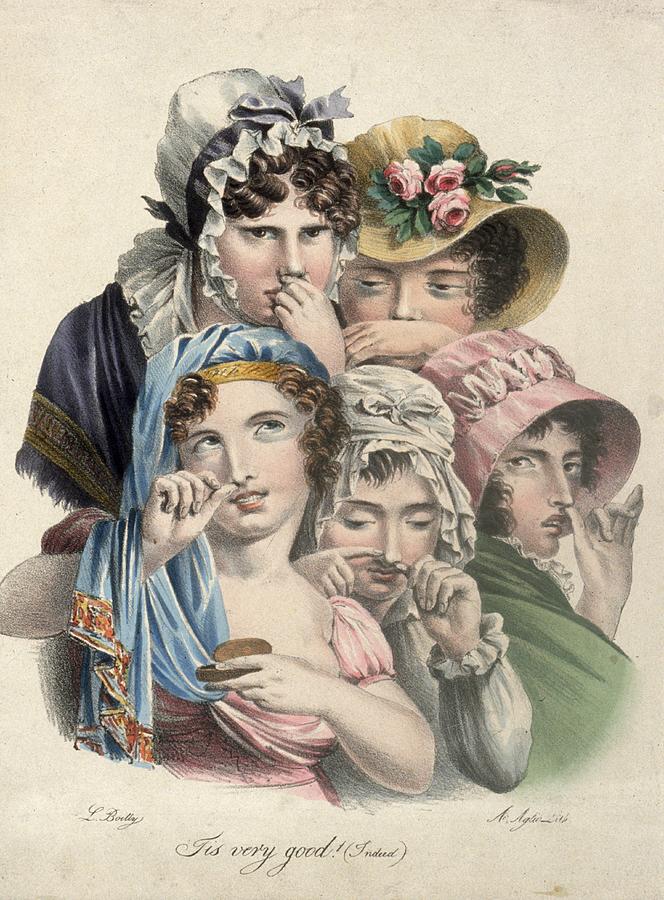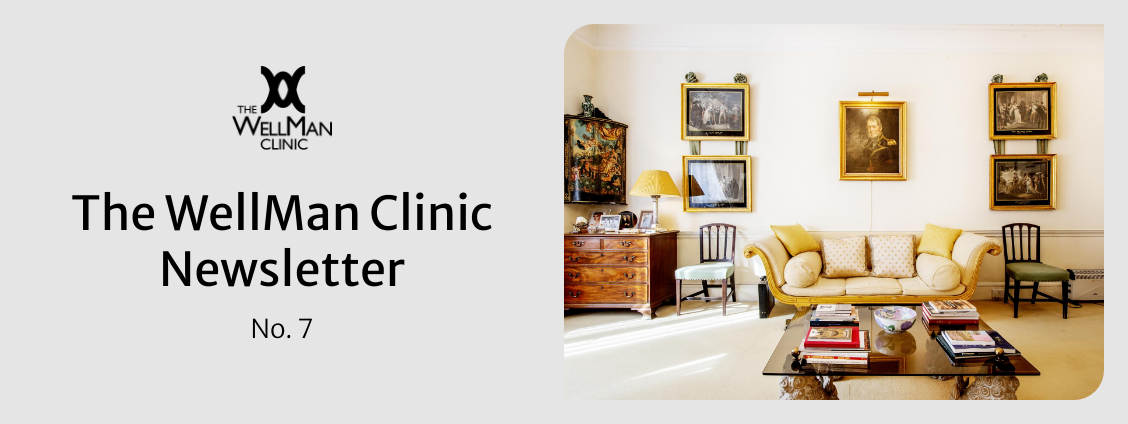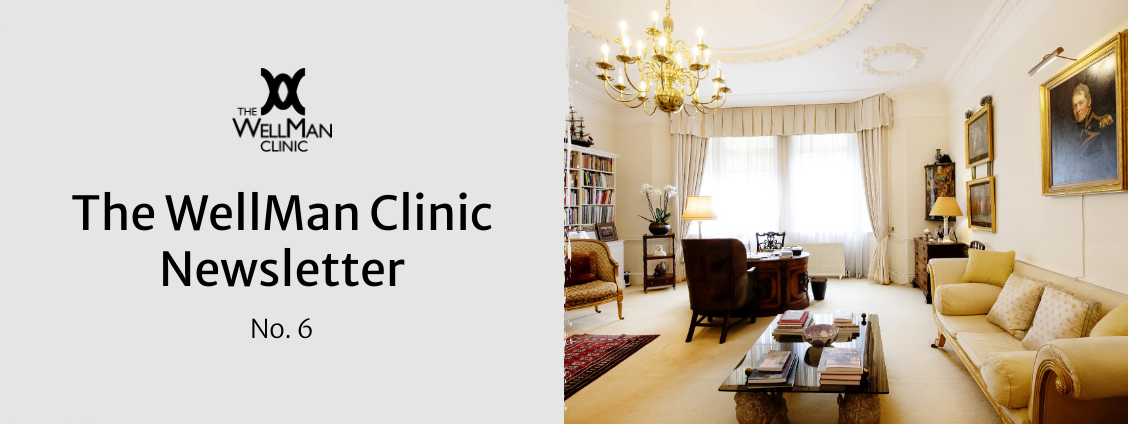Snuff Out Covid

Having binned Enid Blyton on going to boarding school aged 6, I took up with Buchan, Doyle, Household and Haggard for murder and mayhem – with Baroness Orczy for glamour and sex. It was no less than The Scarlet Pimpernel, Sir Percy Blakeney himself, who introduced me to the horrors of tobacco – he sniffed his snuff with some elegance, as women did too.
Smoking at school was dangerous (you got sacked) and uncomfortable (behind the squash courts), but nobody seemed to be too fussed about the small packages that arrived courtesy of Messrs Fribourg and Treyer of 34 Haymarket, Purveyors of Foreign Snuffs to Their Majesties The Kings of Hanover and Belgium, and, of course, to Beau Brummel, David Garrick and the Prince Regent.
There was a range of textures, from coarse to very fine, and a range of blends and flavours through fruits to spices.
By the 16th century, ground tobacco, snuff (Dutch, snuif), was fast becoming an expensive and much desired luxury. Its popularity was hugely boosted by the belief in its medicinal value during the Great Plague of 1665-1666. It warded off disease. In 1889, an article in the British Medical Journal stated that “people who can tolerate tobacco are likely to be robust in other ways and thus able to resist infection”. 1
Of course, today, we are no longer silly enough to believe all that load of old twaddle: who on earth would sniff anything quite so noxious up their noses?
But, it is astonishing what our noses do deal with as routine. When resting, we inhale and exhale 12,000 litres of air a day through our adult nasal cavities, which are lined with around 5 square cm of highly effective tissue. This nasal mucosa warms, moisturises, and filters out particulate matter, protecting the more delicate lung tissues below from inhaled liquid and solid aerosols, including pathogens – fungi, viruses and bacteria. The nose is our crucial first line of defence. 2
Recent research (Imperial College London, April 2020) has identified the principal entry points of the COVID-19 virus. These are through cells found mainly in the lining of the nose but also present to a lesser extent in the eyes and in the intestines and testicles. The virus penetrates human cells using its “spikes” to latch on to two “receptor proteins” – ACE2 and TMPRSS2 – contained within these specific cells. The virus can then feed and breed at high speed, outstripping and damaging our immune system, and, in the worst-case scenario, initiating a violent over-reaction of our defences, the “cytokine storm”, filling the lungs with fluid.
An obvious answer to the initial coronavirus attack through such a small portal as the nose would be some form of blockade. I thought of the out of date nasal spray in my sponge bag, retrieved it, and was reminded that it is called “First Defence” – probably used some time ago to ward off man flu.
If you look up the contents of First Defence on the internet, you will find that the active constituents are:
Hydroxypropylmethylcellulose (HPMC) aka hypromellose
Succinic acid
Disodium succinate
Protocatechuic Acid (PCA)
Phenethyl alcohol
Zinc ethylenediaminetetraacetic acid (EDTA)
Zinc acetate
Polysorbate 80
This translates into:
- HPMC, a semisynthetic, inert, viscoelastic polymer commonly used in eyedrops as a substitute for tear-film. On application at the correct temperature and concentration, it forms a long acting, viscous coating on any surface.
- Succinic acid, used in the food industry as an acidity regulator, as is disodium succinate.
- PCA, derived from a number of tropical plants, is antioxidant and anti-inflammatory. It has been described recently as an effective antiviral and an activator of immune response.
- Phenethyl alcohol, an antimicrobial with a pleasant aroma.
- Zinc EDTA, a powerful antimicrobial active against bacteria, fungi and viruses. It potentiates other antimicrobials.
- Zinc acetate, active in maintaining the senses of smell and taste.
- Polysorbate 80, a surfactant to facilitate the spread of liquids.
On paper, this recipe is genius. Two sprays in each nostril every four hours covers the lining of the nasal cavity with a thick, sticky, acidic gel containing a variety of known antimicrobials. Viruses are denied contact with nutritious human cells, are entrapped and poisoned in the glue, and finally swallowed and destroyed by stomach acid. What could be better?
Well?
What could be better?
There are rivals on the market, not quite as rich in content, but some with newly introduced antiviral components –
- Iota carrageenan, a sulphated polysaccharide found in some species of red seaweed (chondrus crispus) and working in much the same way as HPMC.
- Xylitol, a non-toxic wood alcohol used as a sugar substitute, “exhibits antiviral activity on SARS-CoV-2”.
The authors of a clinical trial (not certified by peer review) have suggested that these two active ingredients should be combined within a nasal spray. 3
As COVID vaccinations have a long and tortuous route to traverse before arriving at arms, it would be eminently sensible to protect ourselves between time with over the counter, readily available, tried and tested products.
FOR THE FORSEEABLE FUTURE:
- USE YOUR NASAL SPRAY REGULARLY, ESPECIALLY WHEN OUT OF YOUR BUBBLE.
- TAKE VITAMIN D 4,000 IU DAILY WITHOUT FAIL.
- ALWAYS WEAR YOUR MASK IN POPULATED PUBLIC SPACES.
“If you think you are too small to make a difference, try sleeping with a mosquito”.
References:
- PMID 15173337 (Medicinal uses of tobacco in history)
- PMC 7120012 (Considerations for the Development of Nasal Dosage Forms)
- biorxiv.org/content/10.1101/2020.08.19.225854v1 (Iota-carrageenan and Xylitol inhibit SARS-CoV-2 in cell culture)
|
|


